Different Types of Learners
What type of learner are you? Isn’t this the question you should ask when you want to be a teacher first?
Understanding the different types of learners is crucial for creating effective educational experiences. Recognizing and adapting to various learning styles can enhance student engagement and success.
Discover the different types of learners and how to customize teaching strategies to meet their needs effectively in Australia. This guide will explore the characteristics of different learners, how to teach them effectively, and additional insights into optimizing learning.
Understanding Learning Styles
Learning styles refer to the preferred ways individuals process information and learn new concepts. Understanding these styles is essential for educators to develop effective teaching strategies. Several theories and models explain learning styles, including the VARK model (Visual, Auditory, Reading/Writing, Kinesthetic) and Howard Gardner’s Multiple Intelligences.
8 Common Types of Learners
Visual Learners
Visual learners prefer to see and visualize information. They benefit from diagrams, charts, videos, and written directions. These learners often have a strong spatial awareness and can remember information better when it is presented visually.
Auditory Learners
Auditory learners learn best through listening. They benefit from lectures, discussions, podcasts, and reading aloud. These learners often excel in verbal communication and can recall spoken information with ease.
Reading/Writing Learners
Reading/Writing learners prefer reading and writing as their main way of learning. They benefit from handouts, books, articles, and note-taking. These learners often have strong literacy skills and prefer written explanations and instructions.
Kinesthetic Learners
Kinesthetic learners learn through hands-on experiences. They benefit from physical activities, experiments, and real-life examples. These learners often excel in practical tasks and prefer learning by doing rather than observing or listening.
Logical or Mathematical Learners
Logical learners thrive on using logic and reasoning. They enjoy solving problems, working with numbers, and understanding complex systems. These learners benefit from structured lessons, experiments, and activities that involve critical thinking and analysis.
Social or Interpersonal Learners
Social learners excel in group settings and learn best through interaction with others. They enjoy discussions, group projects, and collaborative learning activities. These learners benefit from peer feedback and thrive in environments where they can share and develop ideas with others.
Solitary or Intrapersonal Learners
Solitary learners prefer to work alone and are often self-motivated. They benefit from independent study, reflection, and personal goal setting. These learners excel when allowed to self-direct their learning and explore subjects deeply on their own.
Naturalistic Learners
Naturalistic learners have a strong connection to the natural world and learn best through experiences with nature. They benefit from outdoor activities, environmental projects, and hands-on learning experiences that involve exploring the natural environment.
Cognitive Factors Influencing Learning Styles
Cognitive processes, such as memory, attention, and problem-solving, significantly influence learning preferences. Understanding these factors can help educators tailor their teaching methods to suit individual cognitive strengths and weaknesses, thereby enhancing the learning experience.
Emotional Factors Impacting Learning Styles
Emotions play a crucial role in learning. Factors such as motivation, engagement, stress, and anxiety can impact how effectively students learn. Creating a supportive and emotionally safe learning environment can help students feel more comfortable and focused, leading to better learning outcomes.
How to Teach Different Types of Learners
Visual Learners:
Use visual aids such as diagrams, charts, and videos.
Provide written instructions and notes.
Auditory Learners:
Incorporate discussions and oral presentations.
Use podcasts and read-aloud sessions.
Reading/Writing Learners:
Provide extensive reading materials and handouts.
Encourage note-taking and writing assignments.
Kinesthetic Learners:
Implement hands-on activities and experiments.
Use real-life examples and physical tasks.
Logical (Mathematical) Learners:
Design structured activities that involve problem-solving.
Include critical thinking exercises and logical reasoning tasks.
Social (Interpersonal) Learners:
Facilitate group activities and collaborative projects.
Encourage peer discussions and team-based learning.
Solitary (Intrapersonal) Learners:
Offer opportunities for independent study and reflection.
Provide self-paced learning materials and personal goal-setting tasks.
Naturalistic Learners:
Plan outdoor learning experiences and environmental projects.
Incorporate nature-based activities and hands-on exploration of the natural environment.
How Do Students Learn Best?
Students learn best through active and personalized learning approaches. Active learning involves engaging students in the learning process through discussions, problem-solving, and interactive activities. Personalized learning customizes educational experiences to individual student needs, preferences, and learning paces, leading to more effective and meaningful learning outcomes.
Assessment and Feedback for Learning Optimization
Using formative and summative assessments helps measure student understanding and progress. Formative assessments, such as quizzes and class discussions, provide ongoing feedback, while summative assessments, like exams and projects, evaluate cumulative knowledge. Providing constructive feedback is necessary for helping students understand their strengths and areas for improvement, ultimately enhancing their learning experience.
Additional Insights into Learning Styles
Cultural backgrounds and technological advancements also influence learning preferences. Understanding cultural differences can help educators create more inclusive and effective learning environments. Integrating technology, such as educational software and online resources, supports various learning styles and enhances the overall learning experience.
What Kind of Learner Are You?
Identifying your learning style can help you understand how you learn best and develop strategies to improve your educational experience. Self-assessment tools and quizzes are available to help you determine your learning preferences. Consider exploring professional development courses, such as those offered by Learning Options, to enhance your understanding of educational processes.
Certificate IV in Training and Assessment: Develop essential skills for training and assessing in the vocational education sector.
Diploma of Training Design and Development: Gain advanced knowledge in designing and developing effective training programs.
Diploma of Vocational Education and Training: Enhance your expertise in vocational education and training, focusing on best practices and innovative teaching methods.
Understanding and accommodating different types of learners is crucial for creating effective educational experiences. By recognizing various learning styles and adapting teaching strategies, educators can enhance student engagement and success.
Stay dedicated to your professional development and explore further education opportunities with Learning Options.
FAQ
What are learning styles, and why do they matter?
Answer: Individual preferences and techniques for content learning are referred to as learning styles. Understanding one's learning style might help improve understanding and academic performance by customizing study approaches to individual needs.
Is there a single, ideal learning style for all students?
Answer: No, there isn't one optimum learning style for every learner. Every person has a unique learning style that best suits them. It is critical to investigate several learning styles and discover which one is most helpful for each kid.
How do students select their preferred learning style?
Answer: Students can discover their learning style by trying various study methods, including visual, auditory, kinesthetic, and reading/writing strategies. Reflecting on which strategies lead to improved comprehension and retention might help them choose their favourite style.
How do learning styles influence learning?
Answer: Learning styles are becoming increasingly significant in education, influencing several aspects of the learning experience. They will know how students process information and handle learning issues differently, even when participating in identical learning activities.
What is the significance of understanding the different sorts of learners?
Answer: When you are taught in a way that is consistent with your own learning style, you will grasp the subject better and remember it for a longer amount of time.
What is the most popular learning method?
Answer: The most frequent learning style is visual, which is why the workflow process examples you'll find in good e-learning software offer so many detailed visual clues. Visual learning is a good fit for online learning, which is frequently done through video lectures.
What is the most unusual learning style?
Answer: Kinesthetic learners make up just 5% of the population and are slightly more complicated than other categories of learners and communicators.





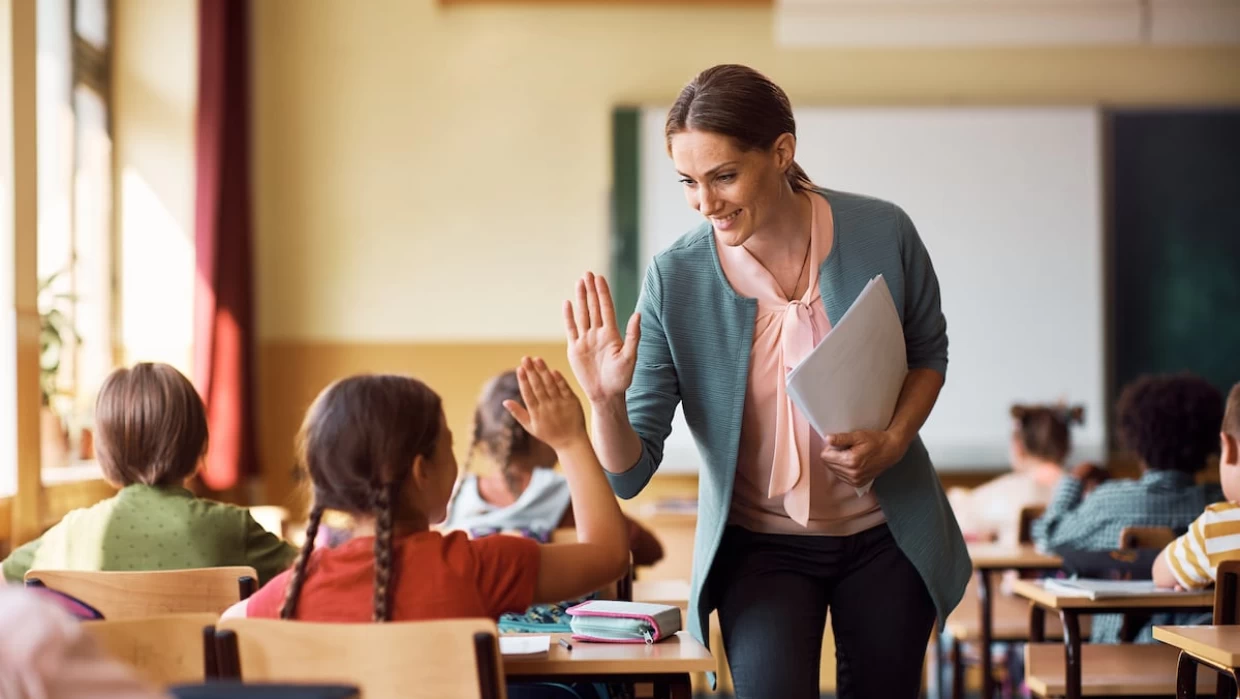
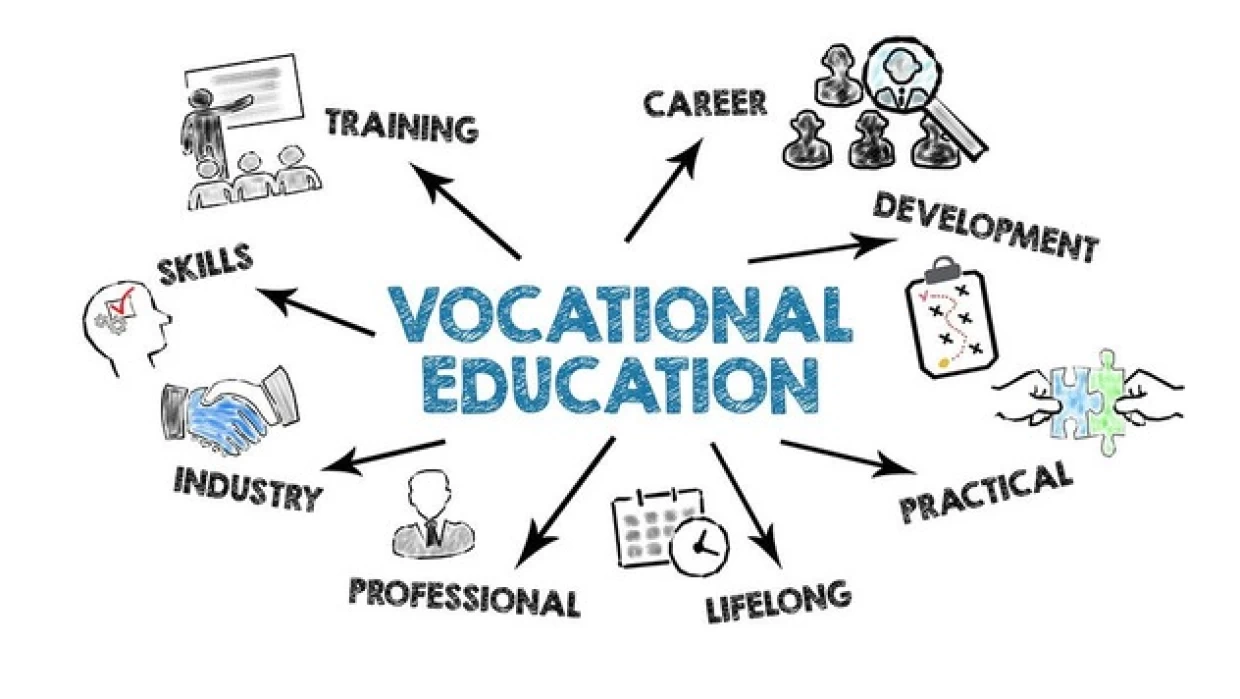
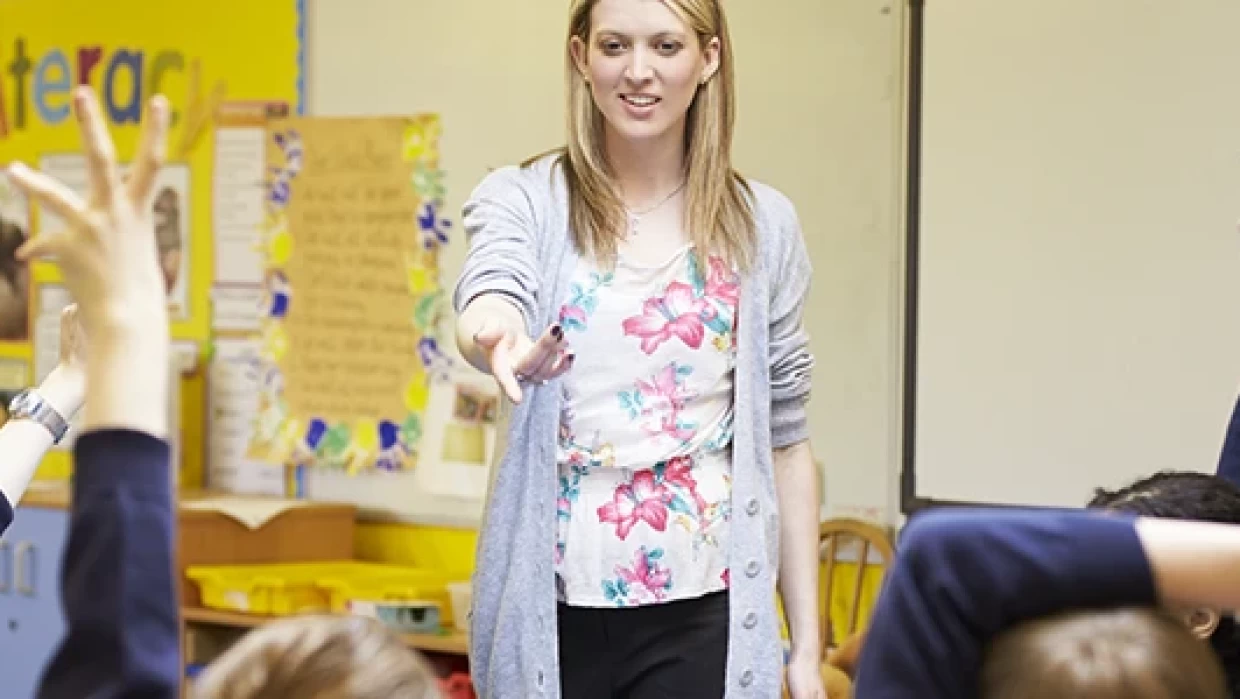

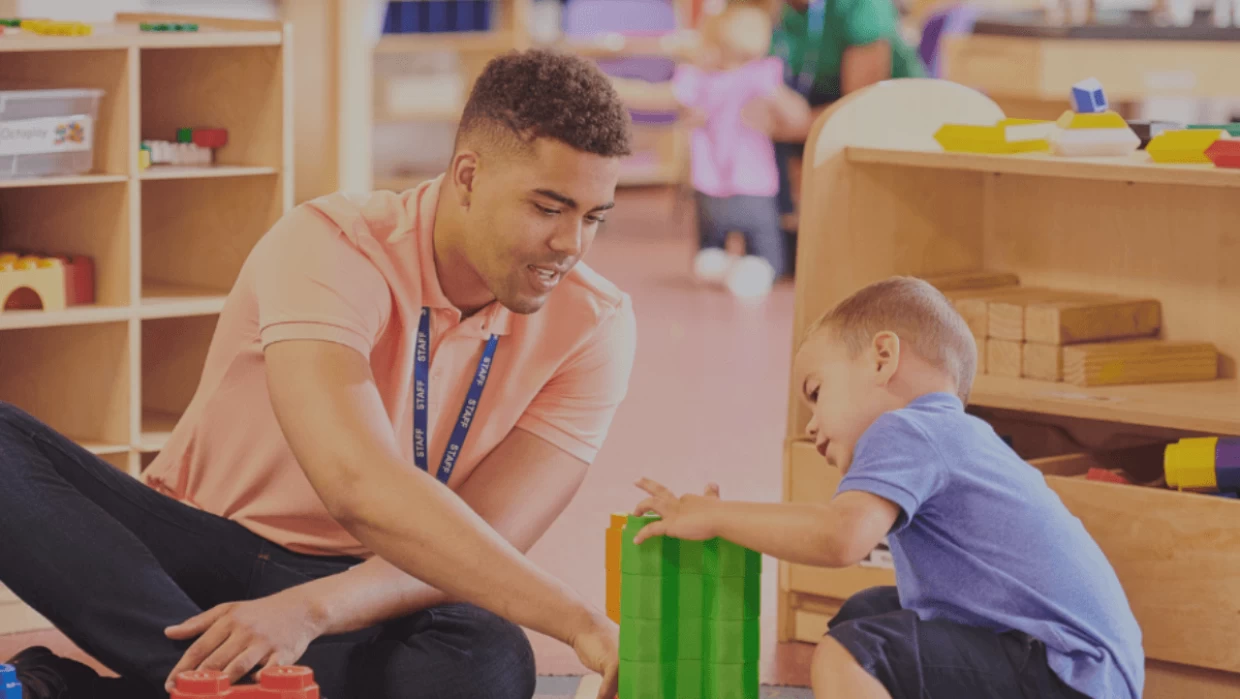

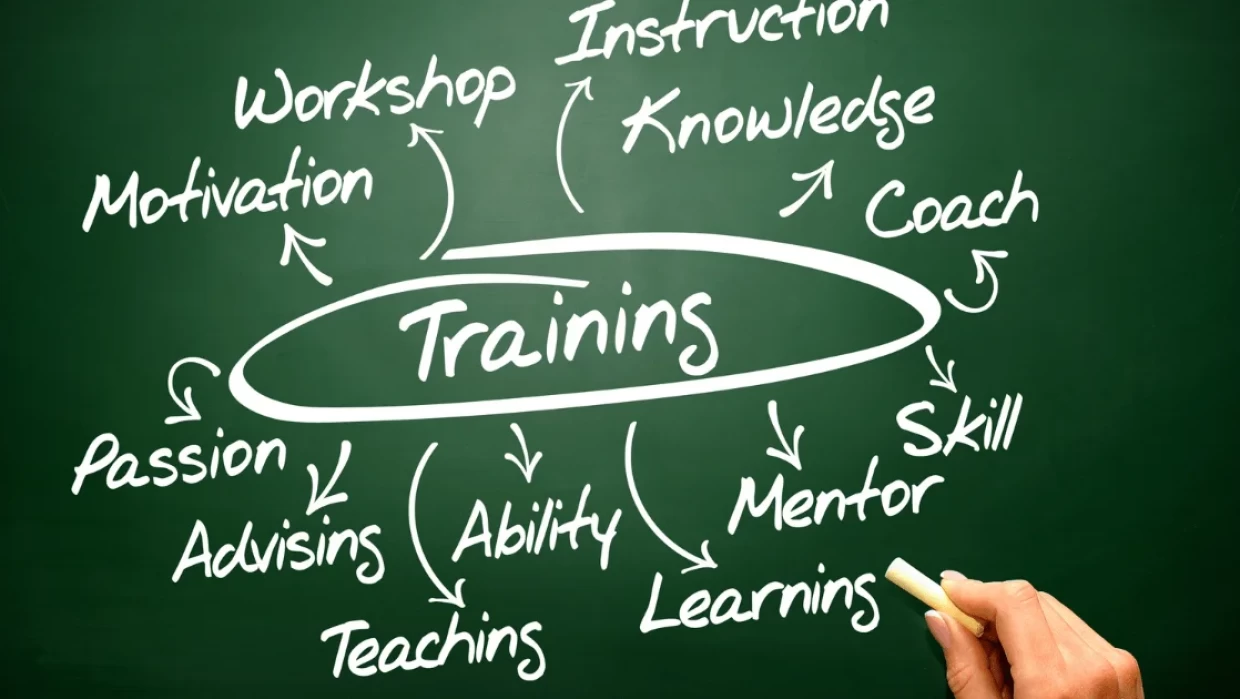


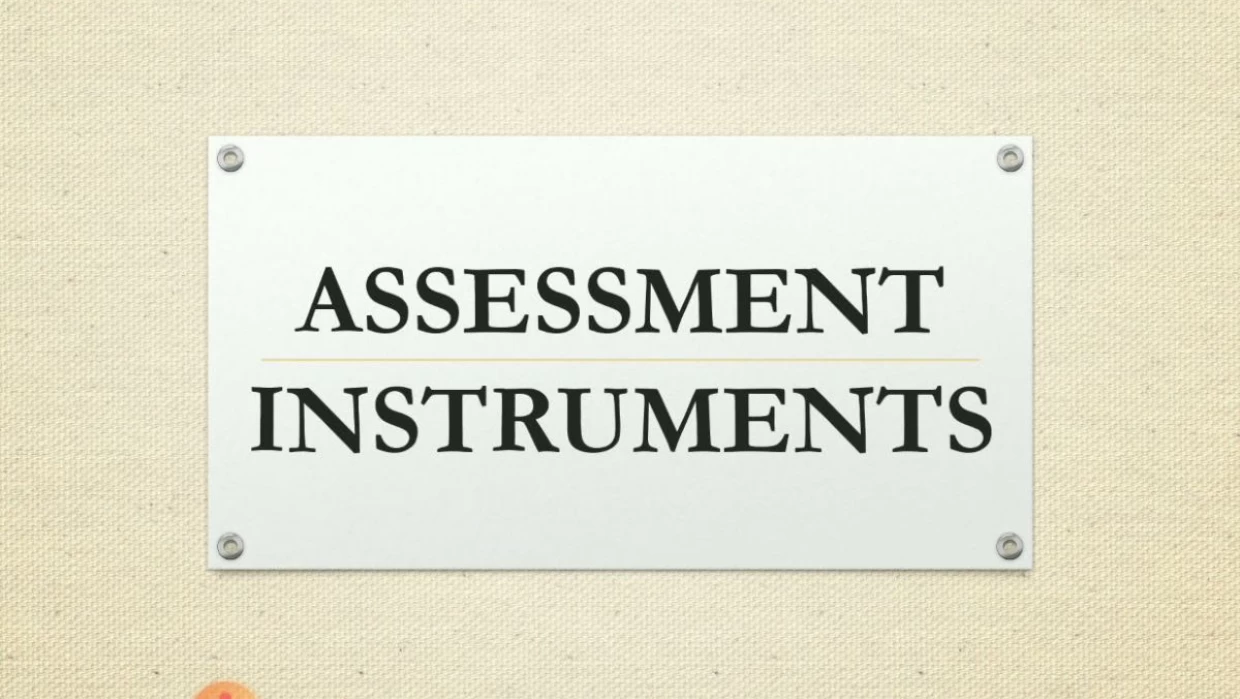

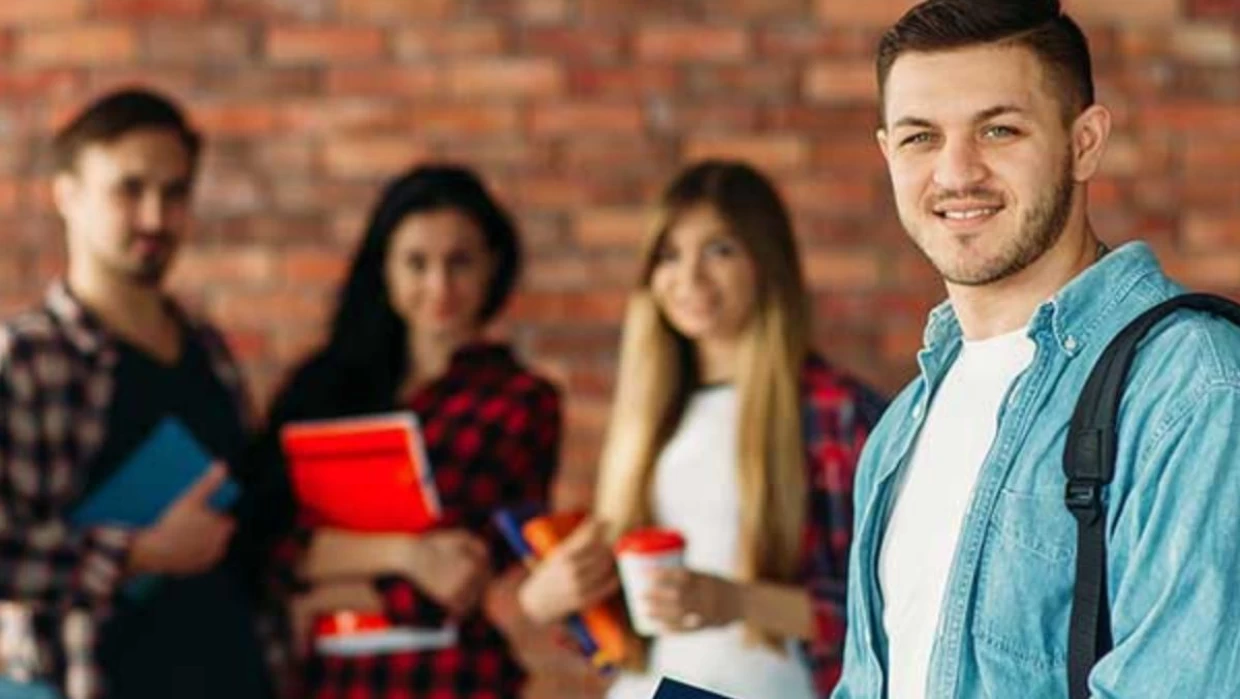


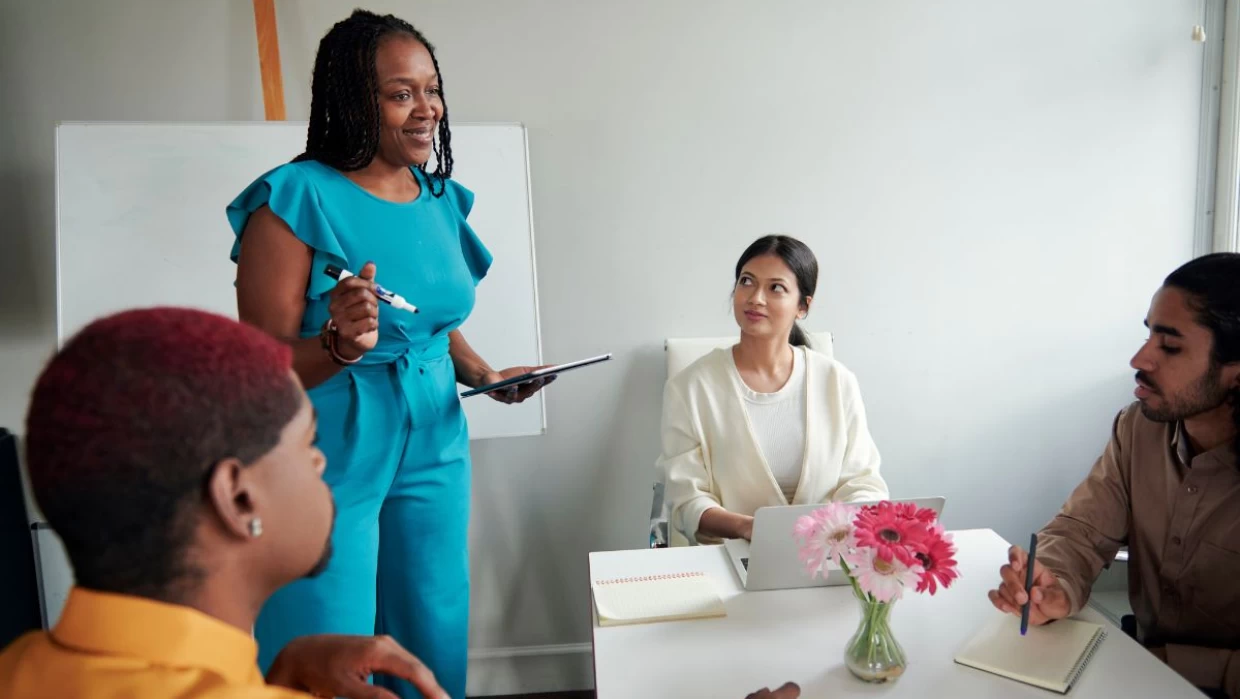
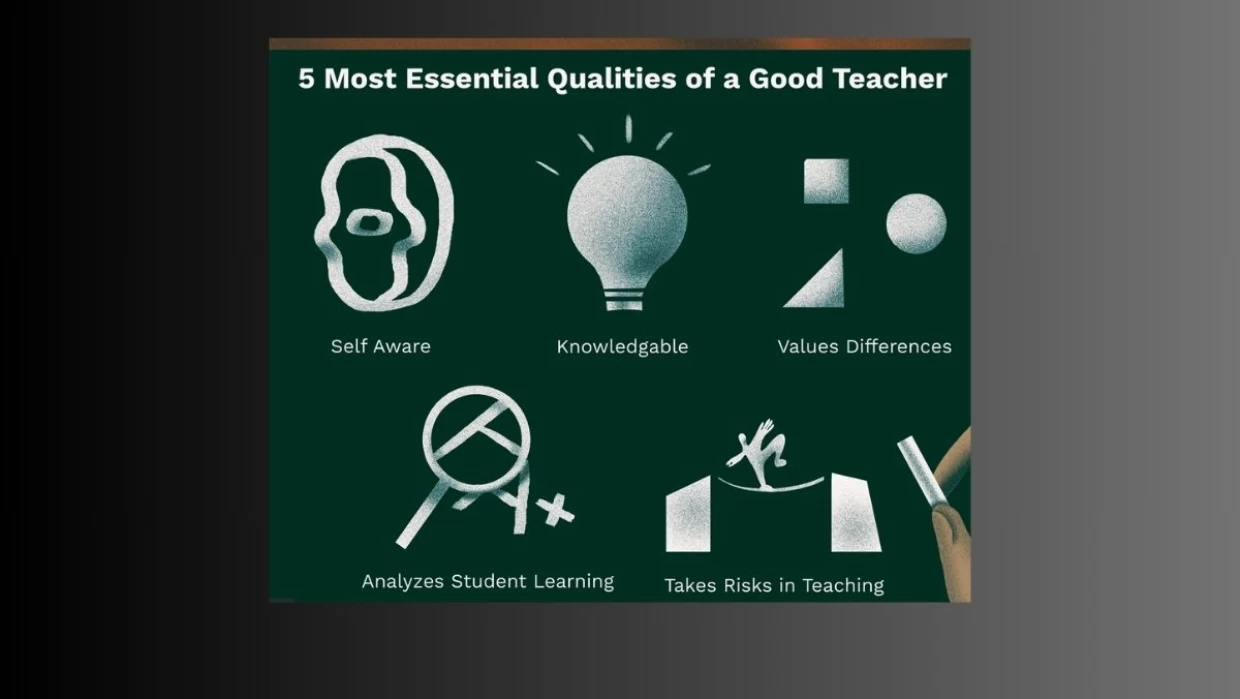
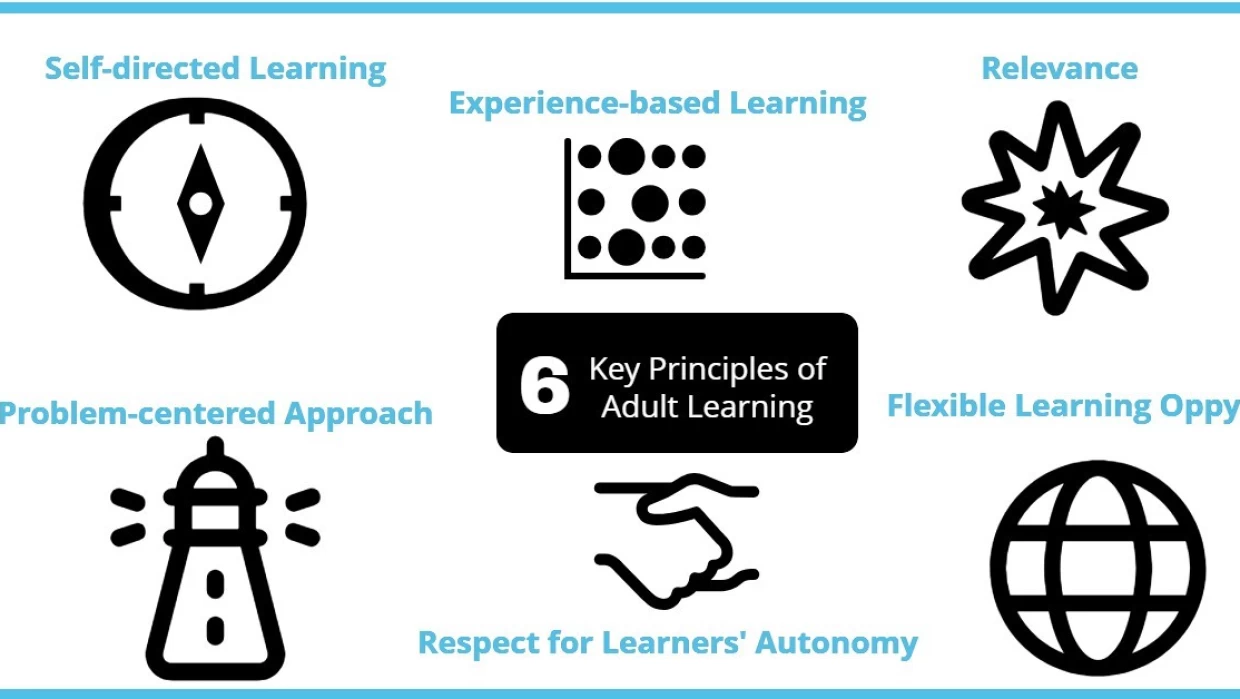




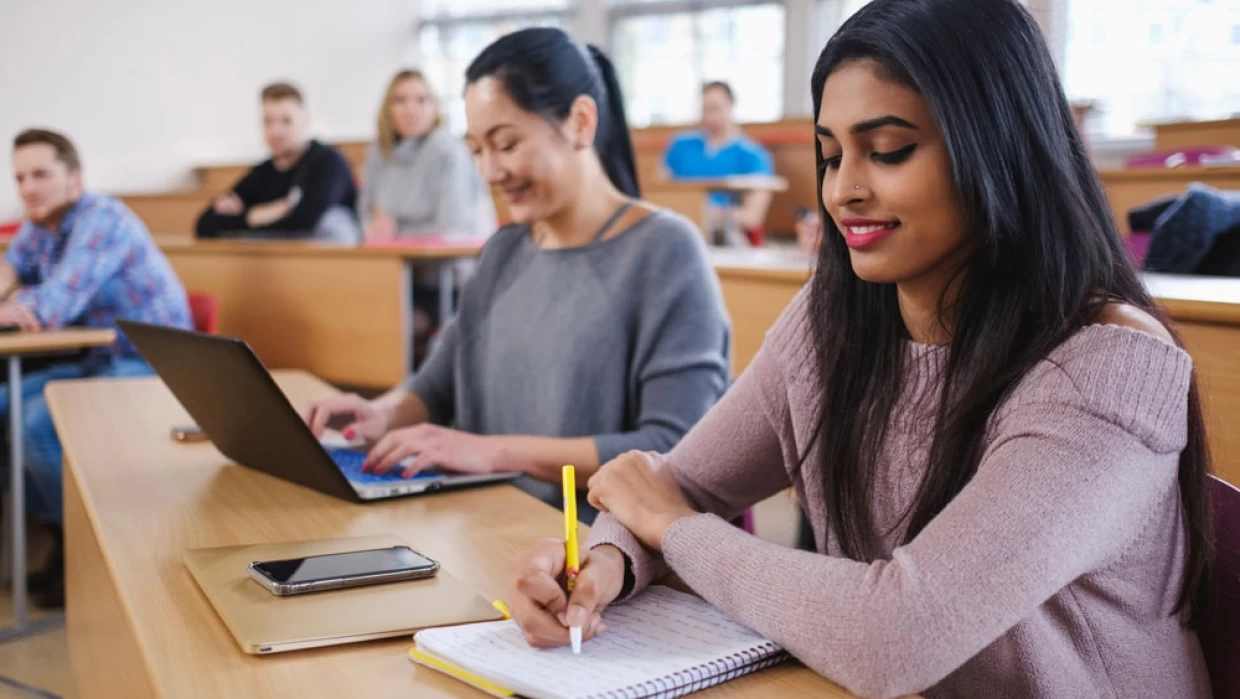
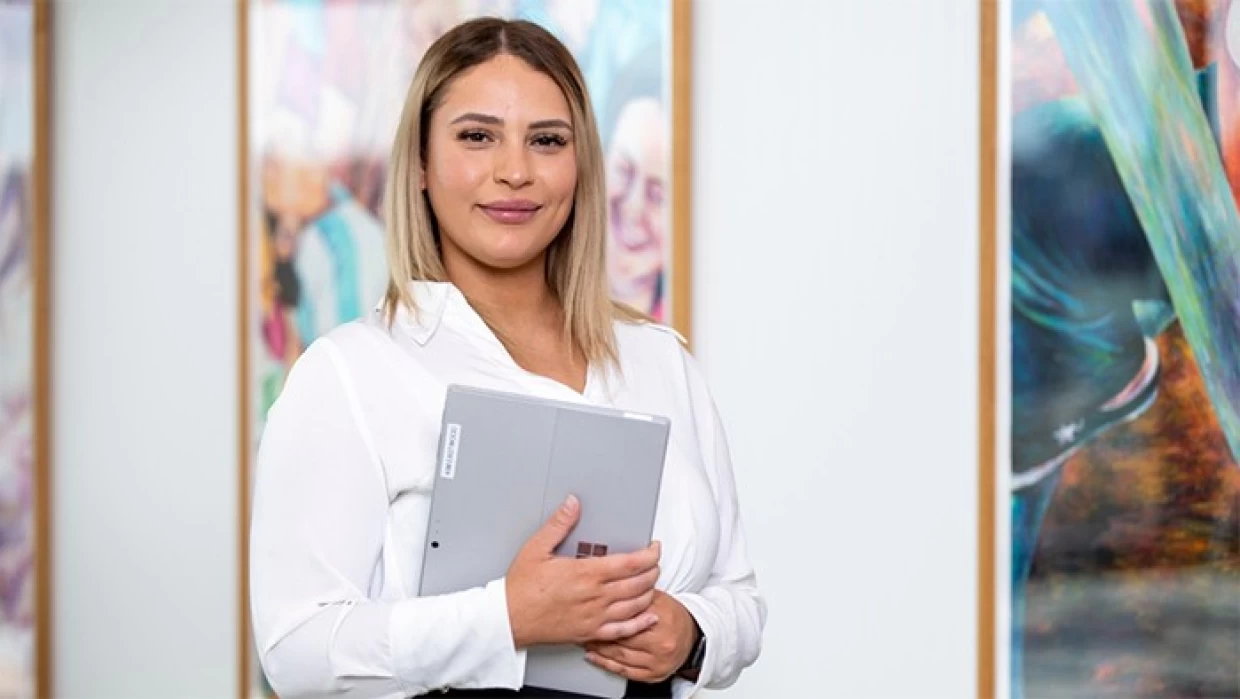
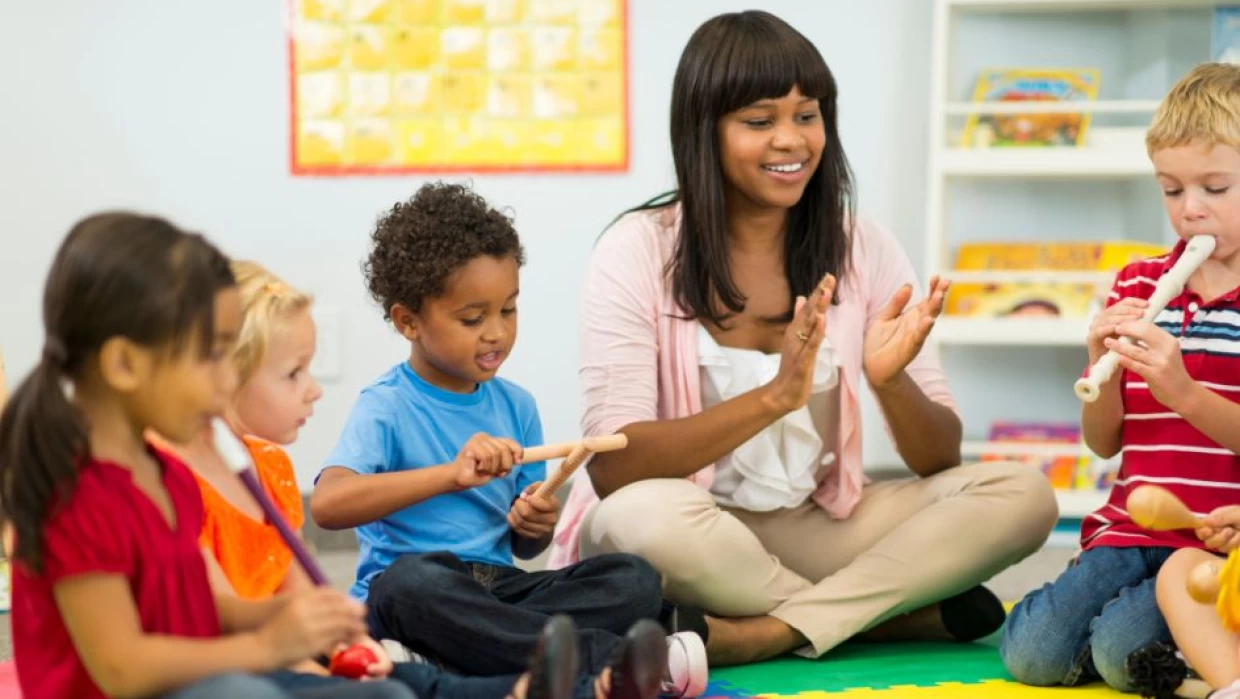






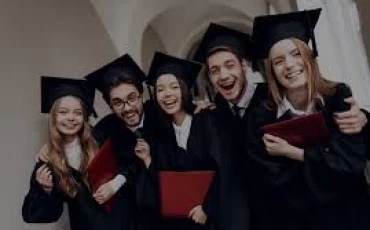
We would be delighted if you could get in touch with us.
Your email address will not be published. Required fields are marked